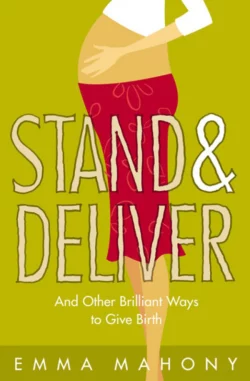Stand and Deliver!: And other Brilliant Ways to Give Birth

Emma Mahony
Тип: электронная книга
Жанр: Спорт, фитнес
Язык: на английском языке
Стоимость: 153.31 ₽
Статус: В продаже
Издательство: HarperCollins
Дата публикации: 16.04.2024
Отзывы: Пока нет Добавить отзыв
О книге: A book full of practical information on choosing the best type of birth experience for you and your baby and what to do in the final 8 weeks to prepare. Full of humour and encouraging birth stories, every mother-to-be will find it invaluable.• Emma Mahony, humorous Times columnist whose Double Trouble stories about her two young twins charmed the nation, now gives you a first book on birth and the 8-week run-up to it. Taking a practical but lighthearted approach, she helps every new mother-to-be feel in control and ready for the big day.• With positive stories from women who insisted on the right birth for them, as well as advice from experts in the field of childbirth, such as midwives, obstetricians and advocates of natural and water births.Includes:• Why a good birth experience is a great objective• How and why it’s best to avoid a ‘medicalised’ birth• Everything you need to know about Caesarians• What every woman is entitled to before labour• How to write a birth plan and why it is useful• Illustrated throughout with lighthearted cartoons from The Times’ front page cartoonist.